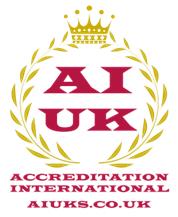
Hazard Analysis and Critical Control Point (HACCP) is an internationally recognized system for reducing the risk of safety hazards in food.
A HACCP System requires that potential hazards are identified and controlled at specific points in the process. This includes biological, chemical or physical hazards.Any company involved in the manufacturing, processing or handling of food products can use HACCP to minimize or eliminate food safety hazards in their product.
How Does HACCP Work in Food Production?
There are seven principles, developed by the National Advisory Committee on Microbiological Criteria for Foods, that serve as the foundation for a HACCP system. They are:
1. Conduct a hazard analysis to identify potential hazards that could occur in the food production process.
2. Identify the critical control points (CCPs) -- those points in the process where the potential hazards could occur and can be prevented and/or controlled.
3. Establish critical limits for preventive measures associated with each CCP. A critical limit is a criterion that must be met for each CCP. Where appropriate, critical limits may reflect relevant FSIS regulations and FDA tolerances.
4. Establish CCP monitoring requirements to ensure each CCP stays within its limit. Monitoring may require materials or devices to measure or otherwise evaluate the process at CCPs.
5. Establish corrective actions if monitoring determines a CCP is not within the established limits. In case a problem occurs, corrective actions must be in place to ensure no public health hazard occurs.
7. Establish procedures for verifying that the HACCP system is working properly. Verification procedures may include reviewing the HACCP plan, CCP records, critical limits as well as conducting microbial sampling. Both plant personnel and FSIS inspectors will conduct verification activities.






